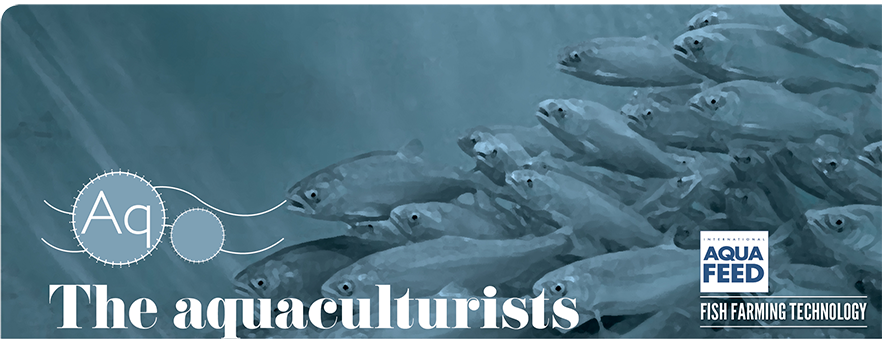In
my October column, I reported that we (19 researchers and policy analysts)
published the report, The Ocean as a Solution to Climate Change: Five
Opportunities for Action, for the High Level Panel for a Sustainable Ocean
Economy (HLPSOE). It was endorsed by its 14 serving head of state and
government members at the United Nations Secretary-General’s Climate Action
Summit in New York, on September 23rd, 2019.
Against the backdrop of the speech of Greta Thunberg, the rather bleak picture
of the Intergovernmental Panel on Climate Change (IPCC) report on the Ocean and
the Cryosphere, and the never ending Trump saga at the UN and domestically, it
was not easy to position our more optimistic report. We believe that, through
five opportunities for action, the Ocean could be a substantial solution to
climate change. It could deliver up to 21 percent (11.82 GtCO2e/year) of the annual
greenhouse gas (GHG) emissions cuts needed by 2050 to keep global temperature
rises below 1.5°C.
In this column, I will develop one of
the opportunities for action that should be of interest to the readers of
International Aquafeed and the aquaculture sector.
Investing in nature-based climate solutions
Conserving and restoring coastal and marine ecosystems, including mangroves,
salt marshes, seagrass beds and wild seaweed beds, as well as developing
seaweed aquaculture, should have significant mitigation impacts.
Mangroves, salt marshes, and seagrass beds are highly productive vegetated
coastal ecosystems, which are referred to as “blue carbon” ecosystems,
analogous to “green carbon” ecosystems on land. They are hotspots for carbon
storage, with soil carbon sequestration rates per hectare up to 10 times larger
than those of terrestrial ecosystems. Most of their carbon (50-90%) is stored
within the soil where saltwater inundation slows decomposition of organic
matter, leading to the accumulation of extensive soil carbon stocks.
When these ecosystems are degraded and converted, carbon in their biomass and
soils, which may have accumulated over hundreds or thousands of years, is
oxidised and emitted back to the atmosphere in a matter of decades. Thus, protection
of blue carbon ecosystems offers an efficient pathway to avoid CO2 emissions,
particularly for nations with large areas of coastal vegetation and high rates
of loss. For example, conversion of mangroves to aquaculture accounts for 10 to
20 percent of CO2 emissions associated with land-use change in Indonesia.
The area covered by blue carbon ecosystems is equivalent to only 1.5 percent of
terrestrial forest cover, yet their loss and degradation are equivalent to 8.4
percent of CO2 emissions from terrestrial deforestation because of their high
carbon stocks per hectare.
The most extensive and productive coastal vegetated ecosystems are formed by
seaweeds. Their areal coverage is estimated - though with large uncertainty -
to be 3.5 million km2 of coastal regions. Seaweeds lack root structures that
would sequester and trap soil carbon, which means that the climate mitigation
value of wild seaweed habitats is largely through the export of organic carbon
in their biomass to sinks located in shelf sediments and in the deep ocean.
There are currently too many knowledge gaps to enable us to provide a robust
estimation of the sequestration and mitigation potential of wild seaweed beds
(one study puts it in the range of 0.22–0.98 GtCO2e/year).
Read more, HERE.
The Aquaculturists


No comments:
Post a Comment